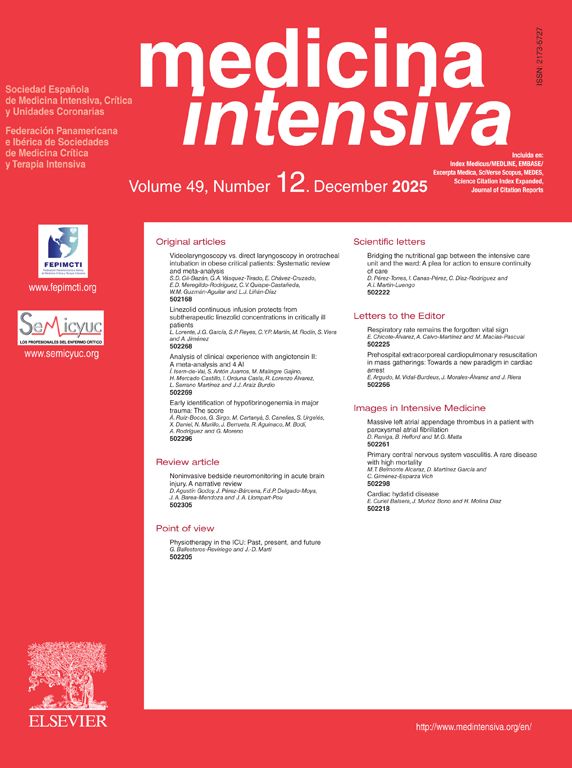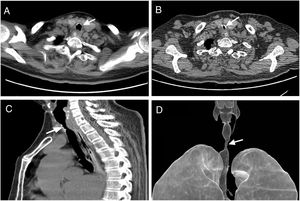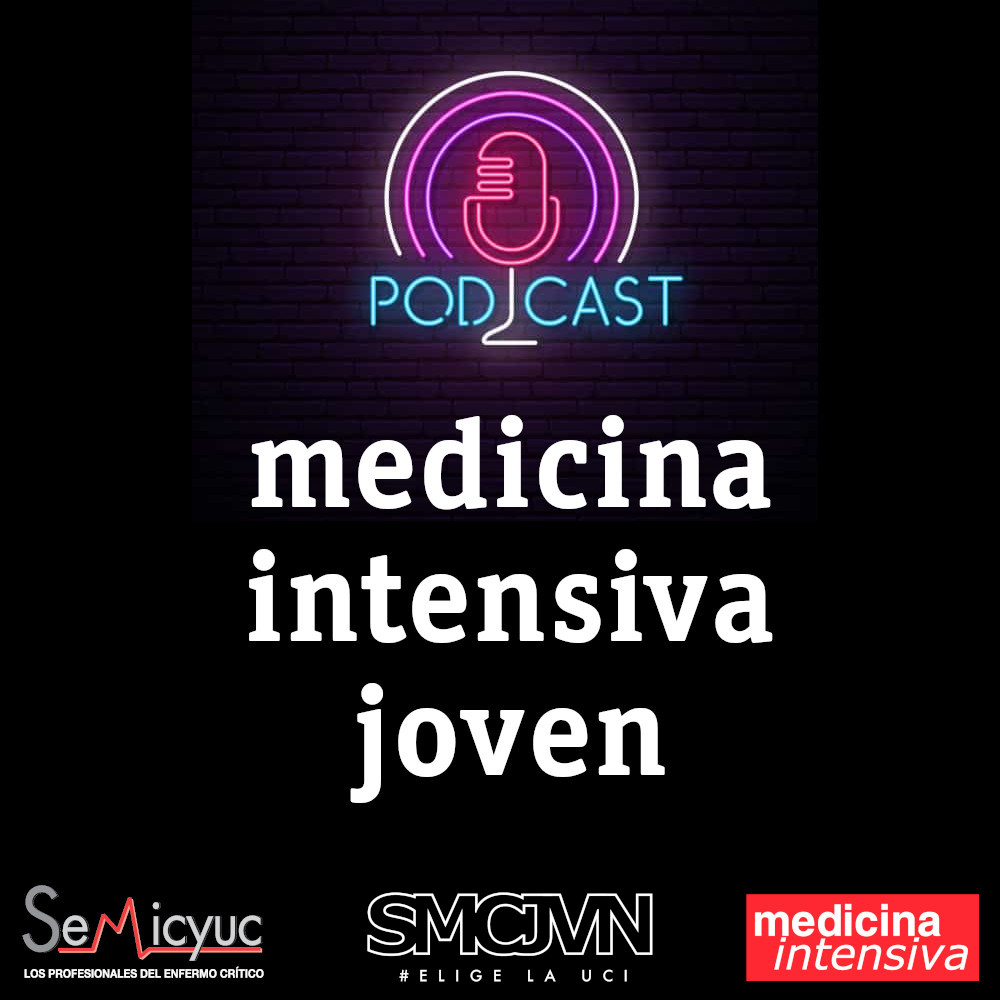A 64-year-old woman with subarachnoid hemorrhage presented to intensive care unit. Endotracheal intubation and mechanical ventilation therapy were required for 11 days due to slowly recovery of consciousness and poor muscle strength. The cuff pressures and endotracheal tube positions were routinely checked. 11 days later, her trachea was extubated. However, 5 days after the removal of the tracheal catheter, the patient began to have mild dyspnea. Chest CT examination indicated slight tracheal stenosis (Fig. 1A, arrow). 23 days after extubation, the patient presented obvious inspiratory dyspnea, and tracheal CT indicated obvious tracheal stenosis (Fig. 1B–D, arrow). The patient was transferred to ICU, and the dyspnea was relieved after tracheal intubation again. To maintain the airway, elective tracheotomy was performed.
The Impact Factor measures the average number of citations received in a particular year by papers published in the journal during the two preceding years.
© Clarivate Analytics, Journal Citation Reports 2025
SRJ is a prestige metric based on the idea that not all citations are the same. SJR uses a similar algorithm as the Google page rank; it provides a quantitative and qualitative measure of the journal's impact.
See moreSNIP measures contextual citation impact by wighting citations based on the total number of citations in a subject field.
See more





